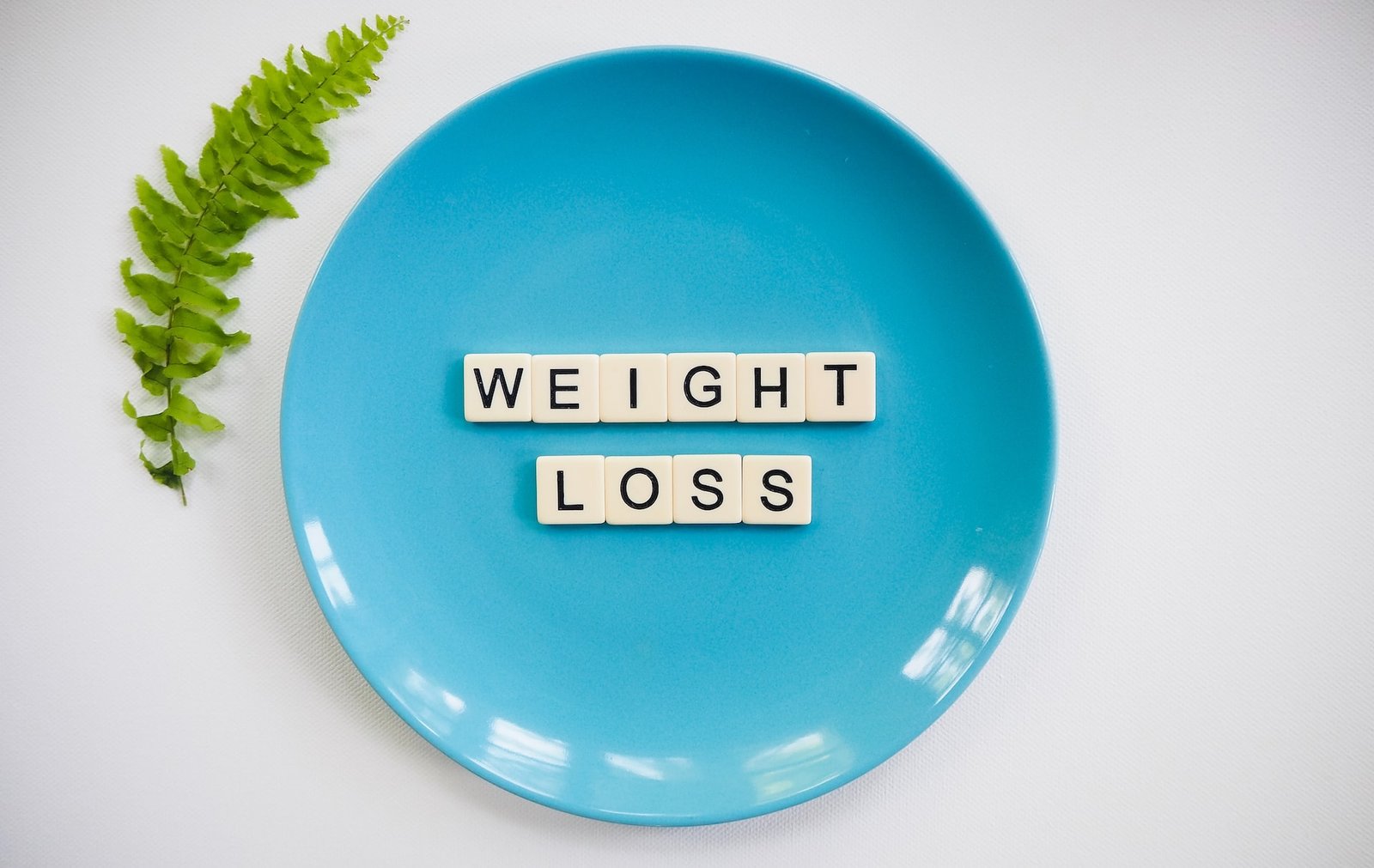Losing weight is a goal many people strive for, yet it can often feel like a daunting task. The good news is, with the right combination of motivation, healthy habits and dedication, even the most challenging weight loss objectives can be achieved.
A liquid diet consists of consuming beverages and nutrient-rich liquids in place of solid foods. It is sometimes recommended for weight loss, or as a short-term dietary strategy before medical procedures.
While it can lead to quick results, sustained periods on a liquid diet may not be healthy due to the lack of essential nutrients that are typically derived from other food sources. People who follow a liquid diet should be aware of the risks and consult with their doctor if experiencing any symptoms such as dizziness, fatigue or headaches.
Are you looking for the best Diaetoxil Review check this article.
What Is A Liquid Diet?
A liquid diet is one in which a person consumes only liquids and no solid foods. This type of diet can be used for a variety of reasons, such as to help with weight loss or to allow the digestive system time to rest and heal. It can also be used as part of an overall health plan when medically necessary. Depending on the type of liquid diet, all liquids, such as water, juices, soups and smoothies are taken in during the day.
There are several different types of liquid diets that can be used. Some allow only clear liquids such as plain water or broth while others may include more nutrient-rich sources like milk, juice, or shakes. Depending on the requirements of the diet, some solid foods may be allowed in small amounts – such as strained vegetables or mashed fruit. Additionally, nutritional supplements may be recommended to ensure adequate nutrient intake.
It is important to note that liquid diets should only be used for a short period of time and under medical supervision. The body needs solid foods to receive essential nutrients and fiber, as well as to provide energy. Therefore, a long-term liquid diet is not recommended, unless it is medically necessary.
What Are The Types Of Liquid Diet?
Commonly, these types of meal plans are reserved for medical purposes like preparation before surgery and postoperative recovery, nutrition during illness, or for weight loss. However, what’s important to know about a liquid diet is that it must be formulated and monitored by a healthcare professional who can ensure that the patient is receiving all of the vitamins, minerals and other necessary nutrients needed for proper health and wellbeing.
There are three forms of liquid diet: clear liquids, full liquids and soft foods:
Clear Liquid Diet: Clear liquids offer the most limited nutrition content and should only be used for a short period of time. Beverages like water, broth, tea and coffee (without cream or sugar) are included in a clear liquid diet. Gelatin, juices (without pulp), and popsicles are also permitted.
Full Liquid Diet: A full liquid diet is slightly more nutritious than a clear liquid diet and can provide the body with additional energy and nutrients. This type of meal plan includes items like milk, strained cream soups, custards, plain or fruit-flavored yogurt and ice cream.
Soft Food Diet: Soft foods are blended to provide nutrition while still being easy to swallow. This includes egg yolks, mashed potatoes, cooked cereal, ripe bananas and applesauce. It should be noted that there should not be any chunks in these meals as this could cause problems for those with digestion troubles.
It is important to remember that these meal plans should only be used under the supervision of a healthcare professional. Also, make sure to get enough calories and nutrition to remain healthy while following a liquid diet.
Also Check our site for weight loss guide – E-BP
What Are The Benefits Of Liquid Diet?
There are many benefits associated with a liquid diet plan including weight loss, improved digestion and increased nutrient absorption. Additionally, those who suffer from digestive issues such as IBS or GERD may find that their symptoms improve when on a liquid diet plan.
One of the primary advantages to consuming liquids is that they can help you feel fuller longer because they take more time in your stomach than solid foods do. This means that you’re less likely to snack throughout the day and consume more calories overall. A decrease in calorie consumption can lead to weight loss, improved digestion, and increased nutrient absorption.
Additionally, liquids are easier on your digestive system than solid foods as they require less energy for digestion and don’t put extra strain on your organs. This allows you to get more nutrients from the food you eat because your body has to expend less energy on breaking it down. As a result, it is often recommended for individuals who have difficulty digesting solid foods.
Finally, those with certain medical conditions may benefit from consuming liquid meals as doctors sometimes recommend them if the individual has difficulty taking in enough nutrition from solids. A liquid diet plan can help provide essential vitamins and minerals that otherwise might be missed due to illness or difficulty eating.
It is important to discuss with a doctor before beginning any liquid diet plan. They can help you determine if this type of meal plan might be beneficial for your particular health condition and provide guidance on what types of liquids are best. Additionally, they can help ensure that you get enough calories and nutrients while on the diet.
Conclusion
A liquid diet can provide many benefits and can be very helpful in certain medical circumstances. However, it should only be used under the supervision of a healthcare professional to ensure adequate nutrition and caloric intake.
We hope this article has provided you with some helpful information regarding the different types of liquid diets, the benefits they offer, and how to safely implement one. Thanks for reading.




